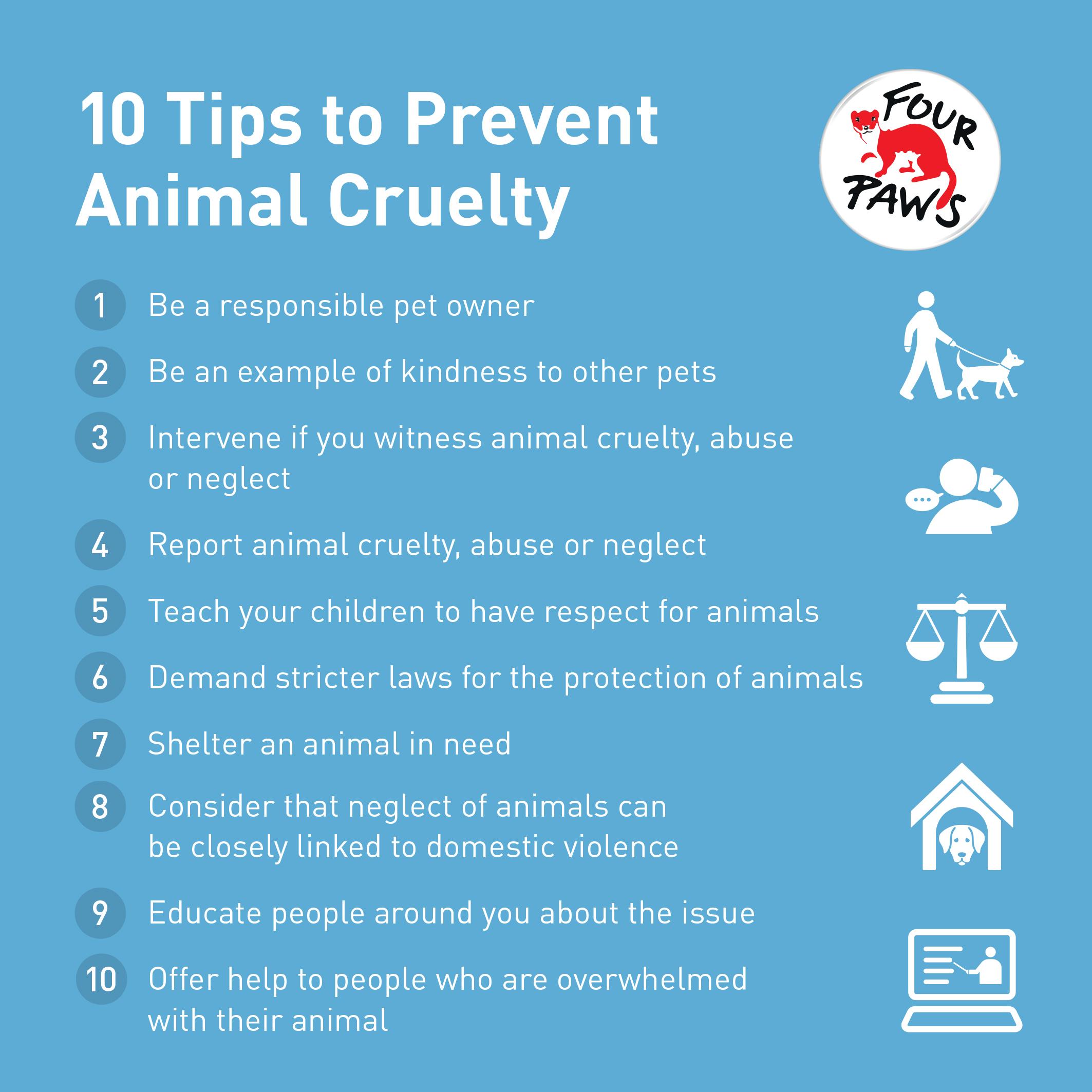In the enchanting islands of Hawaii, where nature’s beauty flourishes amidst the azure seas and lush landscapes, an insidious issue lurks in the shadows—animal cruelty. Whether one is witness to a distressed pet or observe wild animals caught in the web of human disregard, the responsibility to act cannot be overstated. But how do you report animal cruelty in Hawaii and contribute to the protection of both wildlife and pets? Let’s delve into the mechanisms of advocacy that empower citizens to safeguard our voiceless companions.
One might ponder, “What constitutes animal cruelty?” This question leads us into the multifaceted realm of mistreatment. Animal cruelty encompasses a variety of actions ranging from intentional abuse to acts of neglect. In Hawaii, as in many other jurisdictions, the law is designed to provide a framework for identifying and reporting such abhorrent behavior. Understanding the signs of animal abuse is the first step in this courageous journey. Common indicators include visible injuries, extreme malnutrition, lack of shelter, and, alarmingly, animals left tethered for extended periods without adequate resources.
Upon identifying a potential case of animal cruelty, the next logical step is to report the offense. But where does one begin? In Hawaii, there are multiple channels available to individuals wishing to report animal cruelty. The Hawaii Humane Society, a vital organization dedicated to the welfare of animals, provides crucial resources and guidance. A simple phone call or an online report is often the first actionable item. Activists and citizens alike can also reach out to local animal control departments. Each county operates under its own ordinances, so familiarity with local laws is essential.
When reporting an incident, it is vital to provide as much detail as possible. This includes the location where the abuse occurred, a description of the animal involved, and any observed behaviors that raise suspicion. Photographic evidence can substantially bolster your claims, so if safe to do so, document the situation meticulously. Your vigilance could very well alter the trajectory of an animal’s life.
However, amidst these noble endeavors, one faces formidable challenges. What if the perpetrator is a neighbor, or someone you know? Reporting cruelty can engender feelings of trepidation and discomfort, especially when community ties are at stake. Nevertheless, it is essential to prioritize the welfare of the animal in question. The bonds we share with our fellow humans should never overshadow the ethical obligation to protect those unable to speak for themselves.
Moreover, reporting is only the precipice of a more significant journey. Once a report is filed, various governmental and non-governmental organizations embark on an investigation. The process can be labyrinthine, sometimes necessitating follow-ups to ensure justice is served, thereby fostering the need for persistent involvement from the reporting party. Your role does not conclude with the initial report; it extends into ensuring accountability for the animals impacted.
Engagement with community programs can enhance your efficacy as a reporter and advocate. Many organizations offer training for individuals interested in animal advocacy, equipping them with the knowledge to recognize signs of cruelty and teaching effective methods to report them. Workshops and outreach events provide invaluable insight into the legalities of animal treatment and protection. By investing time in educational initiatives, you become a more formidable ally for animals in Hawaii.
Our ecological heritage in Hawaii is rich but increasingly threatened. Native species face unique challenges, including habitat destruction and illegal hunting. Advocating for wildlife is equally as vital as protecting domesticated animals. Reporting wildlife harassment, such as poaching or abandonment, is crucial. The Department of Land and Natural Resources (DLNR) offers guidelines to report such offenses, underlining the state’s commitment to preserving its native fauna. Through vigilance and proactive measures, the delicate balance of these ecosystems can be safeguarded.
Preparedness is vital when contemplating the daunting task of reporting animal cruelty. Cultivating a network of like-minded individuals fosters a culture of awareness and activism. Engage with local animal welfare groups, attend town hall meetings, and utilize social media platforms to share pertinent information. Heightened community involvement can lead to collective action, subsequently amplifying the reach and efficacy of your message.
As we traverse this path toward advocacy, consider the impact of social media as a tool for change. Platforms like Facebook and Instagram can be harnessed to raise awareness about animal cruelty. Through shared posts, videos, and information sessions, public consciousness can be elevated. This digital resistance provides a voice to the voiceless and galvanizes community responses to egregious acts. Your willingness to share your findings could inspire others to take a stand as well, potentially leading to a larger movement focused on animal rights.
Ultimately, reporting animal cruelty in Hawaii is not merely an act of oversight but rather a commitment to ethical stewardship of our planet’s creatures. It can be daunting. Yet, empowered citizens possess the capacity to instigate meaningful change in their communities. Each report filed, each conversation sparked, each ally gained works toward a brighter future for all creatures, be they domesticated or wild. Will you join the fight against cruelty and be the voice for those who cannot speak? Your courage may very well alter lives, starting with one small, imperative action.








